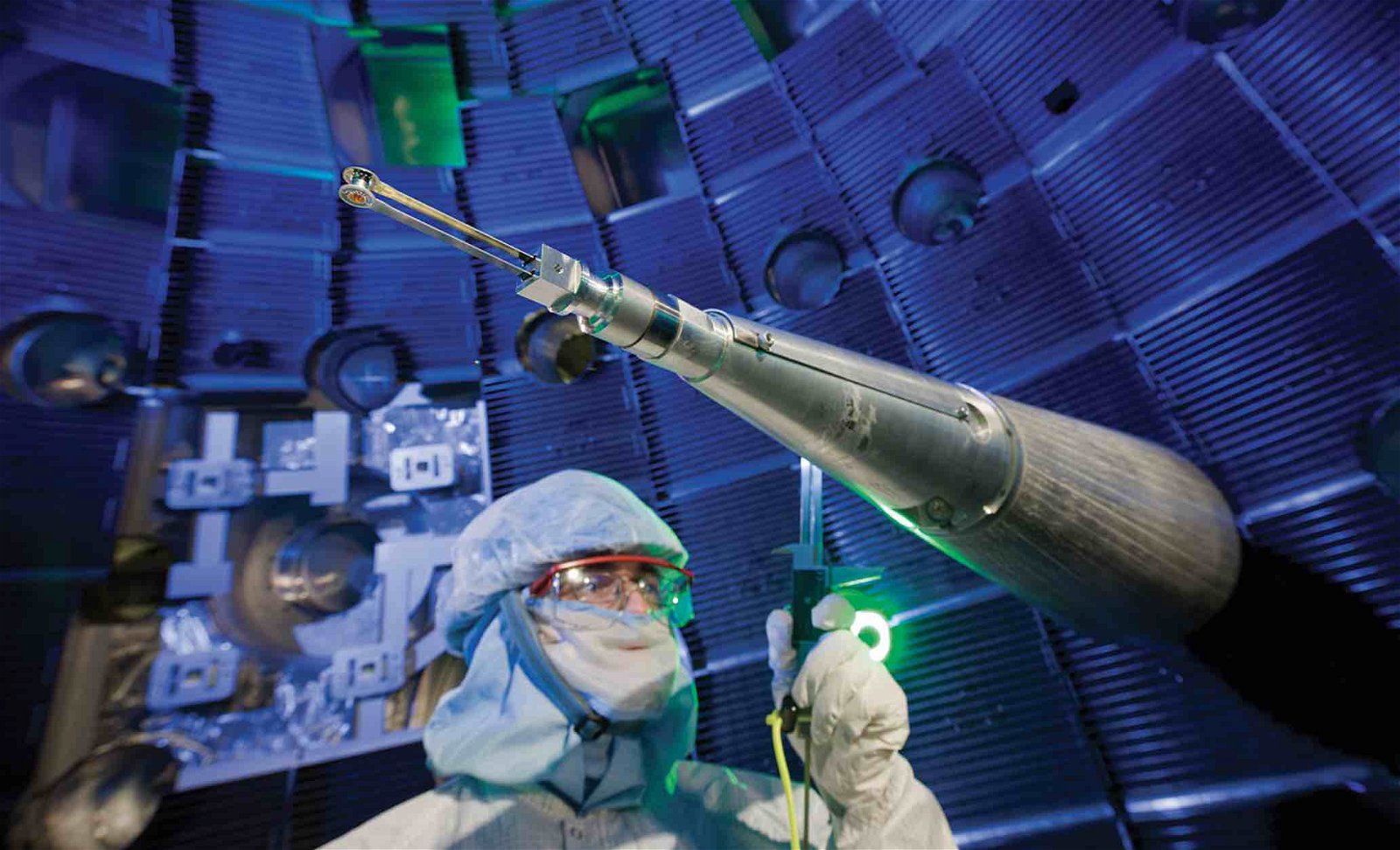Scientists working to replicate the results of a milestone nuclear fusion breakthrough achieved late last year recently reported their success at producing an even greater energy yield during subsequent experiments.
On December 5, 2022, scientists conducting controlled fusion experiments at Lawrence Livermore National Laboratory’s National Ignition Facility successfully achieved scientific energy breakeven, which occurs when more energy is produced from fusion than the power required to produce it.
In a statement on Monday provided to Financial Times, Paul Rhien, an information officer at Lawrence Livermore National Laboratory, said a recent experiment conducted at the facility has now “produced a higher yield than the December 2022 experiment,” although he did not provide any more specific information.
The reliable generation of power from nuclear fusion has long been deemed a “holy grail” in the search for clean sources of energy that can be produced inexpensively. Proponents of nuclear fusion energy also cite its ability to reduce dependence on fossil fuels, which are key factors behind climate issues currently affecting the planet.
By replicating the processes that occur naturally on the surface of stars like Earth’s Sun, fusion combines hydrogen atoms in the formation of a heavier atom of helium, a process that releases a large amount of energy.
Currently, nuclear power plants generate energy by splitting the nuclei of heavy atoms, a process known as fission that, like fusion, is a carbon-free method of generating energy. However, fusion has the added benefit of producing far less radioactive waste material.
In March 2011, an accident at the Fukushima Daiichi Nuclear Power Plant in Japan resulting from the strongest recorded earthquake in the country’s history resulted in a tsunami that damaged the plant’s emergency generators. The resulting loss of electric power led to the most significant nuclear accident to have occurred since the 1986 Chernobyl incident.
By utilizing fusion reactions for power generation, the threat of nuclear disasters can be greatly limited in the future while also reducing the dangers associated with pollution from hydrocarbon emissions.
In its experiments last December, scientists at Lawrence Livermore National Laboratory produced an energy output of 3.15 megajoules with an input of only 2.05 megajoules, generated with a special array of 192 lasers.
Despite the energy gain, some point to the necessary power requirement of 300 megajoules for the operation of the electrical grid used to drive the laser array as an indication of the hurdles scientists must overcome before they can rely on nuclear fusion as a power source.
Following December’s milestone achievement, Dr. Arati Prabhakar, President Biden’s Chief Advisor for Science and Technology and Director of the White House Office of Science and Technology Policy, emphasized that although we have a long way to go before nuclear fusion can be reliably produced with ease, scientists are closer than ever to making it a reality.
“We have had a theoretical understanding of fusion for over a century, but the journey from knowing to doing can be long and arduous,” Prabhakar said, adding that December’s milestone achievement “shows what we can do with perseverance.”
Additional details about the recent successful replication of December’s fusion experiment are expected to be the focus of forthcoming peer-reviewed publications, which will also be showcased at public events scheduled in the months ahead.
Micah Hanks is the Editor-in-Chief and Co-Founder of The Debrief. He can be reached by email at micah@thedebrief.org. Follow his work at micahhanks.com and on Twitter: @MicahHanks.

